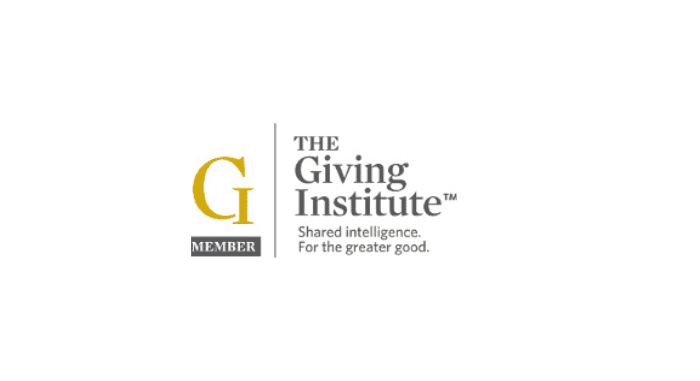By: W. Milton Key, Jr., Partner
Many of you reading this piece serve institutions and organizations with high profiles built through the combination of a growing reputation over decades, several successful fundraising initiatives over time, and significant marketing over a long period. Others serve well established organizations that are relatively new to prioritizing philanthropy. Still others are serving organizations that do not have the resources to generate awareness on a large scale.
Regardless of where you and your organization are on that spectrum, if a low profile is an obstacle in reaching your fundraising goals, know that it doesn’t take millions of advertising dollars and a big staff of gift officers to start moving the needle in the right direction (although those would almost certainly help).
Steps taken to raise the profile of your organization among your donors and friends should be tied to a board-approved strategic fundraising plan. While some expensive and longer-term approaches may be required to ultimately get you where you need to be, there are practical approaches that can generate a more immediate, tangible response. Some examples:
- Revise or create a case for support. The case for support is your script for raising the awareness level of your donors and friends. Whether the need is annual operating support, a new program, a building, or growing endowment, every need requiring gift support must have a story to illustrate the change needed, the desired outcome, the road to getting there and why it matters.
- Engage volunteers in telling your story. Having a new/updated case for support in hand is an ideal opportunity to engage your board and other key volunteers. Create an immersion experience for them as part of a scheduled board meeting or a called meeting, to spend time training them to understand and convey the story. Include your advancement/development team in the experience. Everyone expected to advocate for your organization needs to be equipped to share your case for support with others.*
- Increase your level of contact. From telling your story to thanking people for their support, targeted contacts will result in greater awareness. A meaningful way to start can be equipping board members or members of the development/advancement committee, to make routine thank you calls or sign thank you notes to a group of donors; otherwise, select a few board members to do so.*
- Communicate with your audience. Perhaps you need to revise/create a publication, as part of making your case and sharing progress, consistently. Meanwhile, what about the tools you have now? Perhaps there’s an under-utilized YouTube channel, Facebook page or Twitter account that either needs to be disabled or updated. Update those and remind your donors and supporters to sign up or log on. Scale your resources and block your calendars to ensure that frequent updates are made.
- Expand your reach. Who’s not on your mailing/distribution lists that should be…business and philanthropic leaders, local officials and political leaders, former board members, other key volunteers? Strategic additions to your database should be an ongoing matter. It’s another opportunity to engage those closest to your organization in an important task that has everything to do with fundraising (and nothing to do with soliciting).
*These steps can serve as terrific ways to introduce staff and board members to fundraising, in general.
Remember, what gets measured typically gets done. Track each contact made, added and updated. Track your social media hits, how many thank you calls/notes board members complete, how many people heard your case and all follow-up opportunities (and certainly any gifts that resulted). Share the information routinely with your staff, peers and board in a summary/dashboard fashion, so they can see the changes and the difference they are making and so you can thank them. Use the accumulated data to establish a baseline for measuring awareness over time and show the relationship between those touches and new/increased gifts.
…hope these suggestions lead to helping you remedy the “Who’s there?” responses when you’re “knock-knocking” for increased fundraising results.



